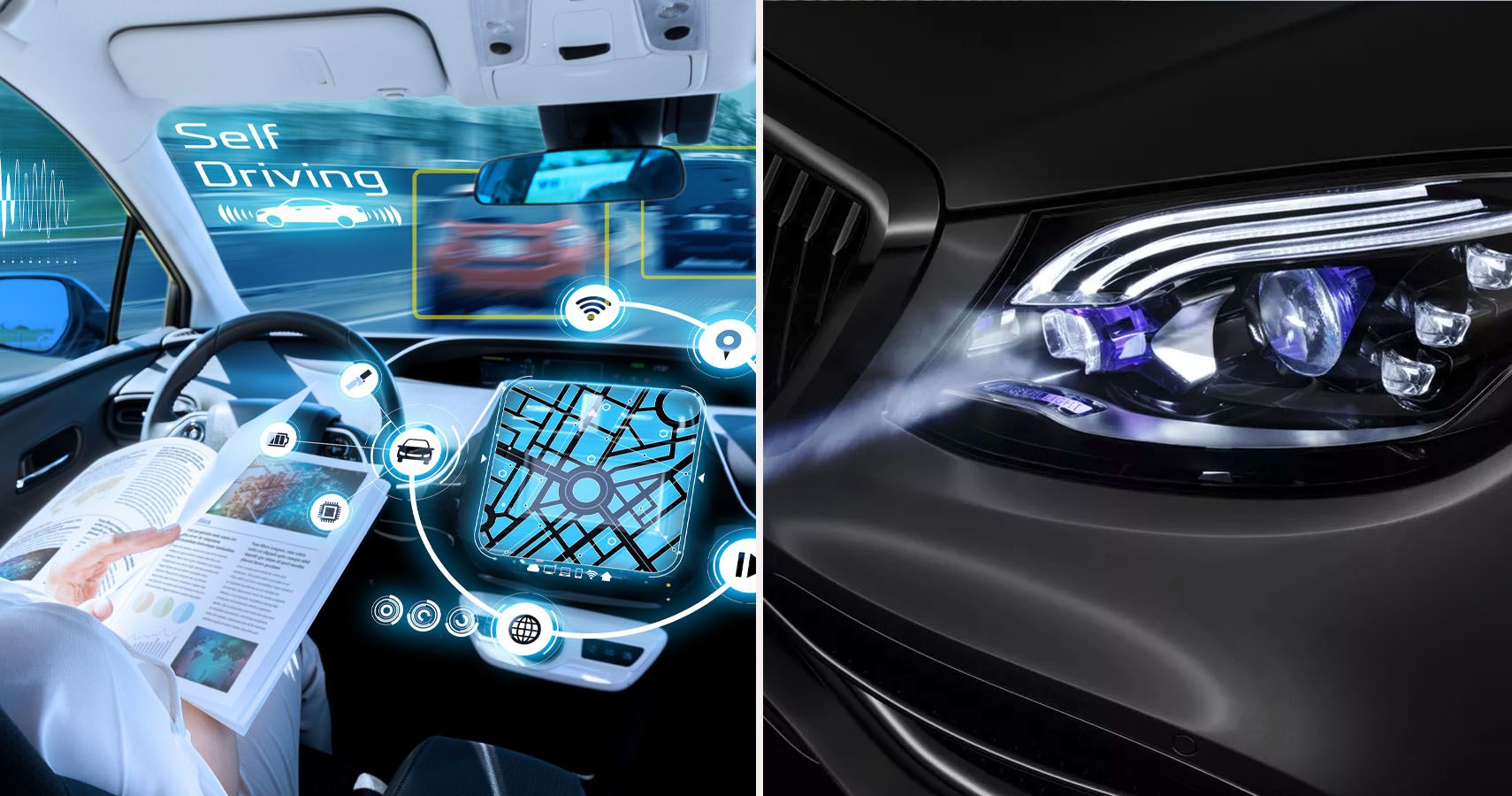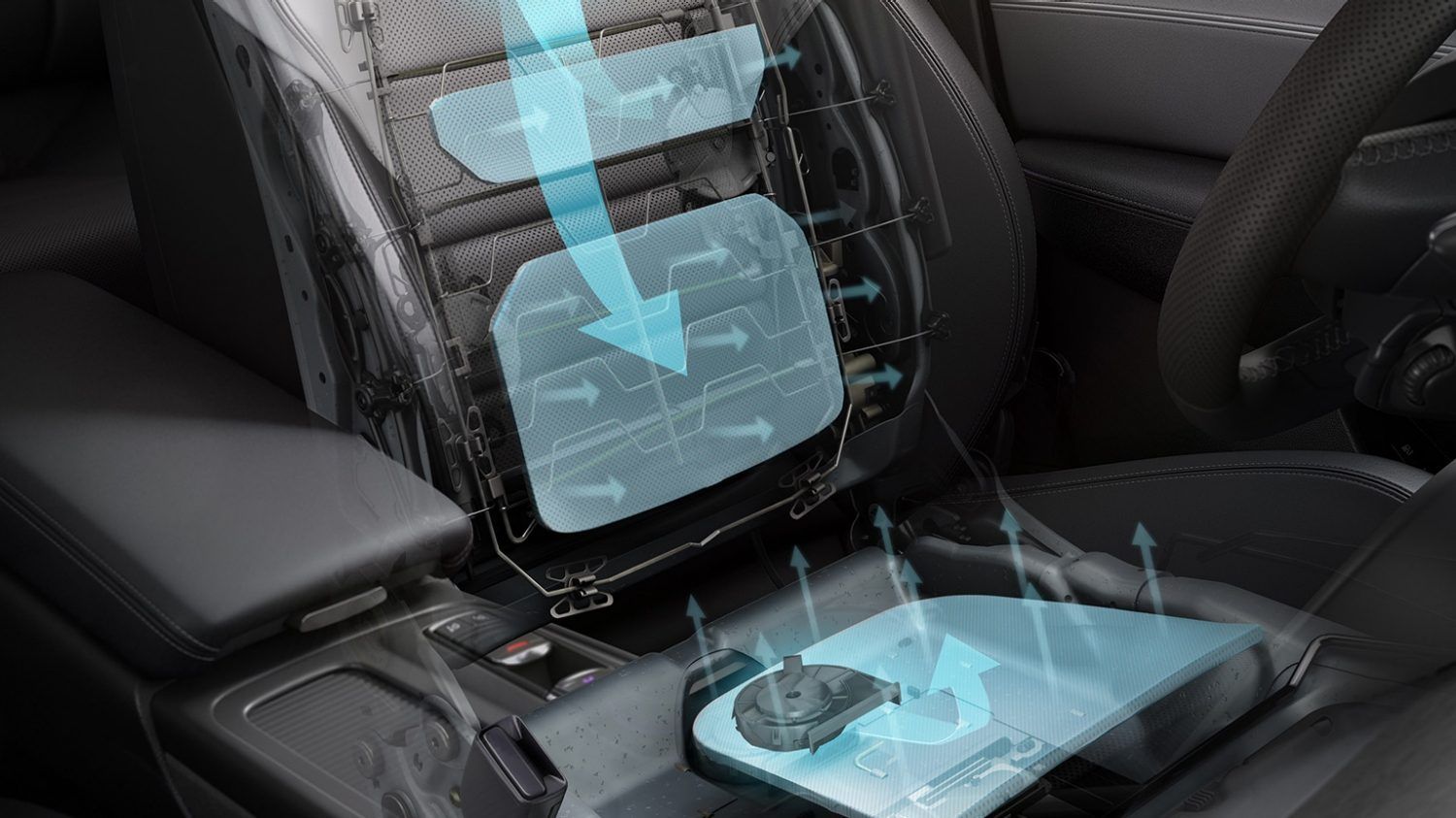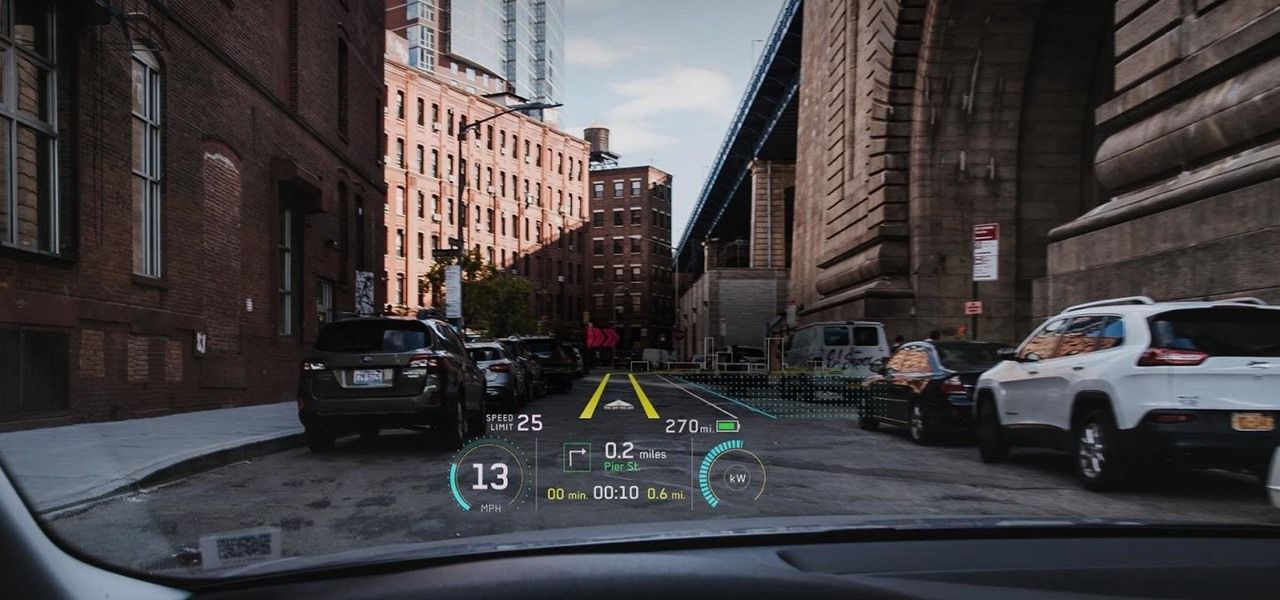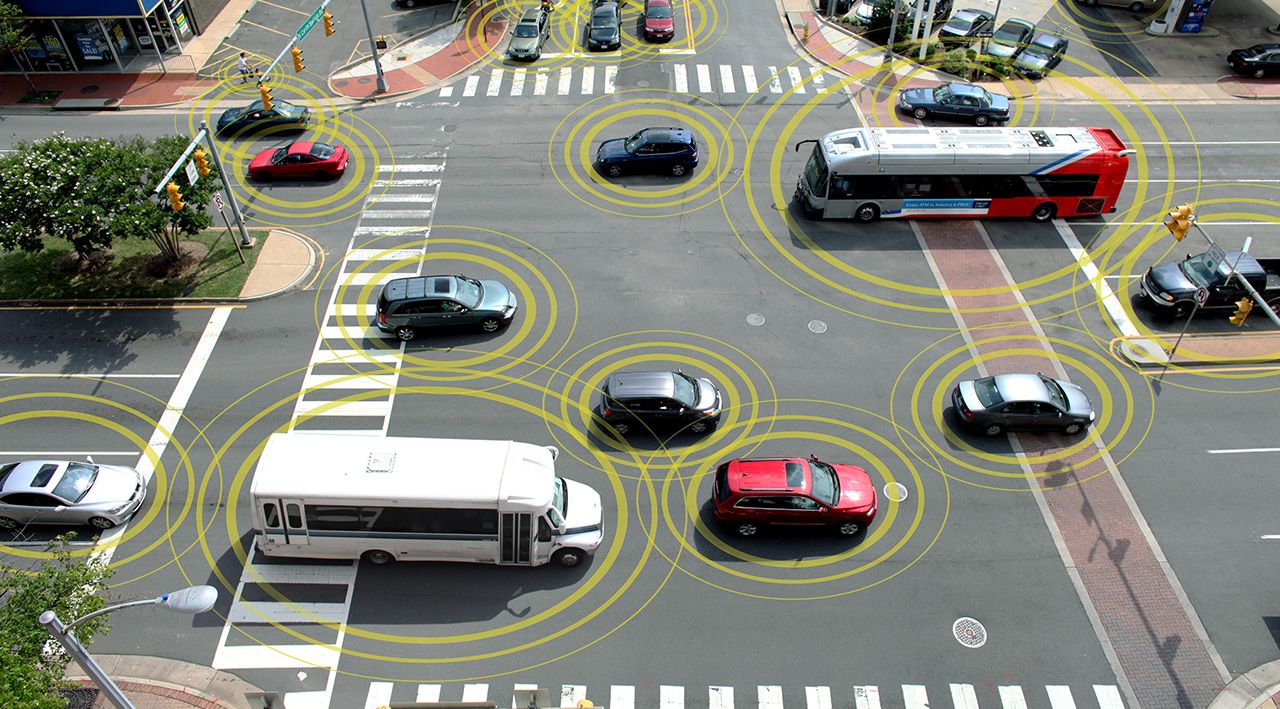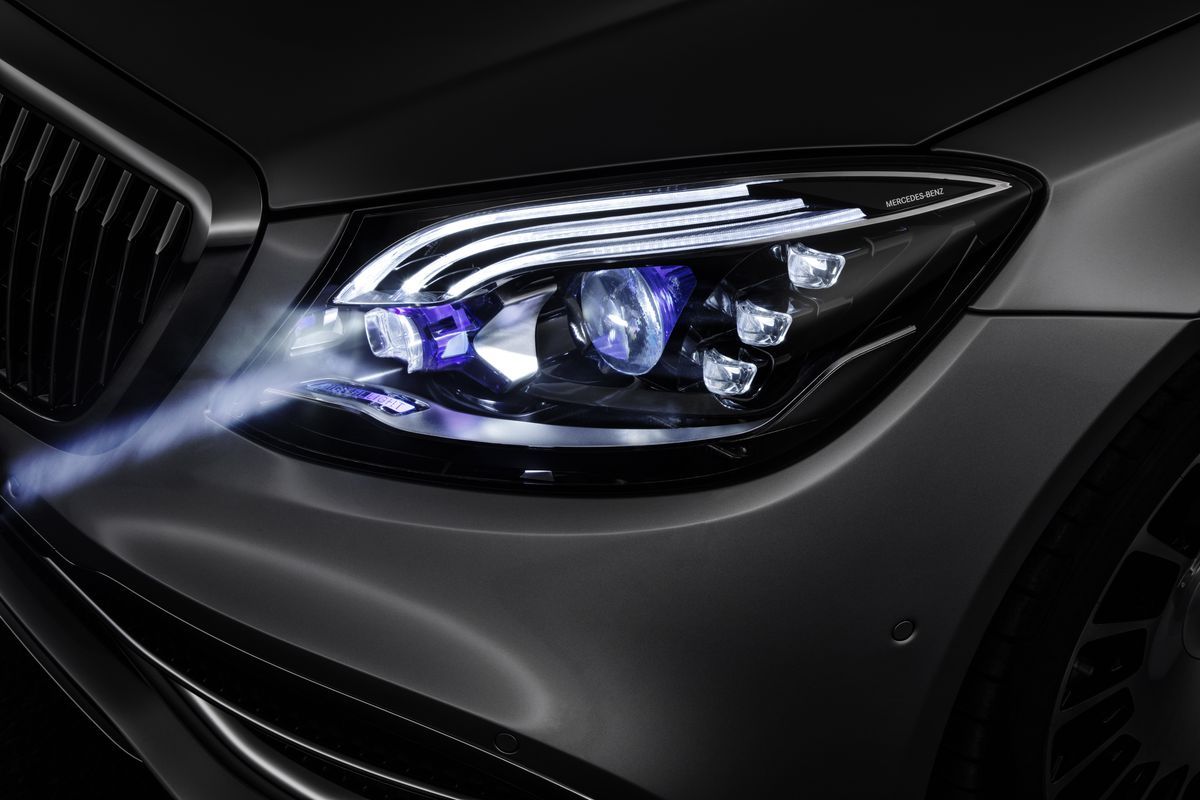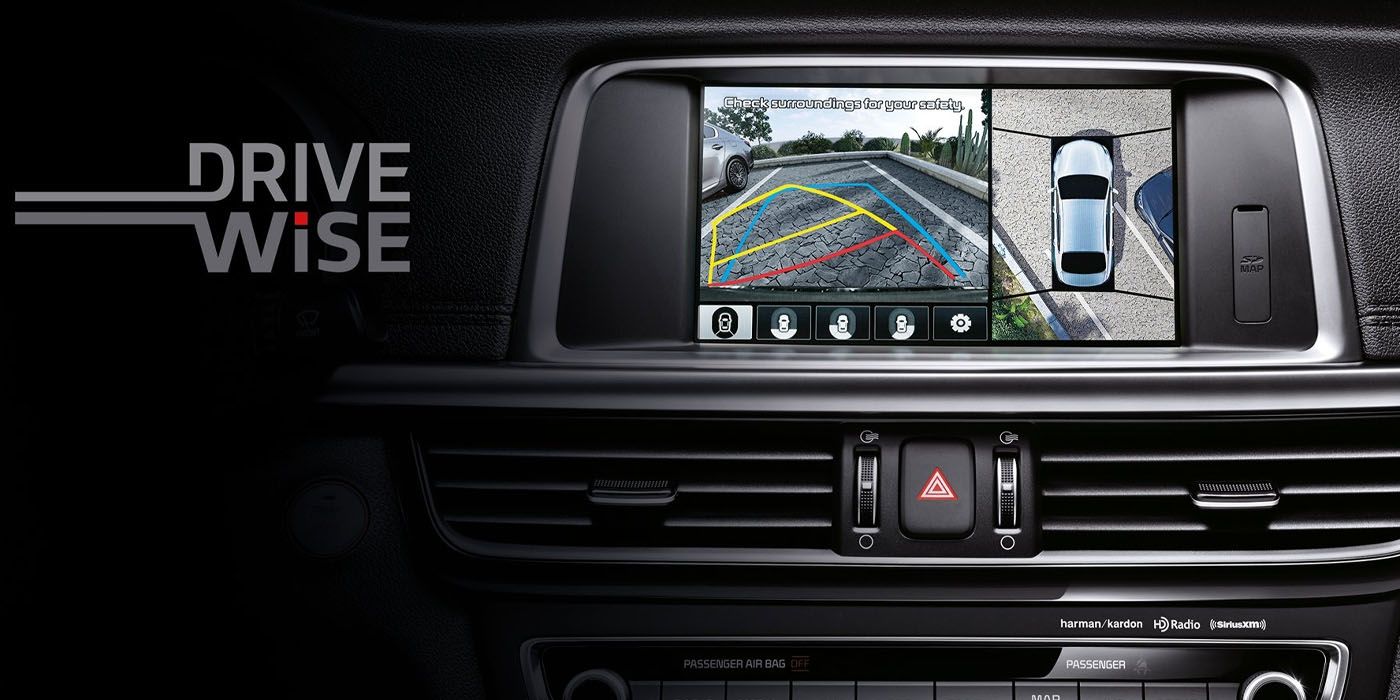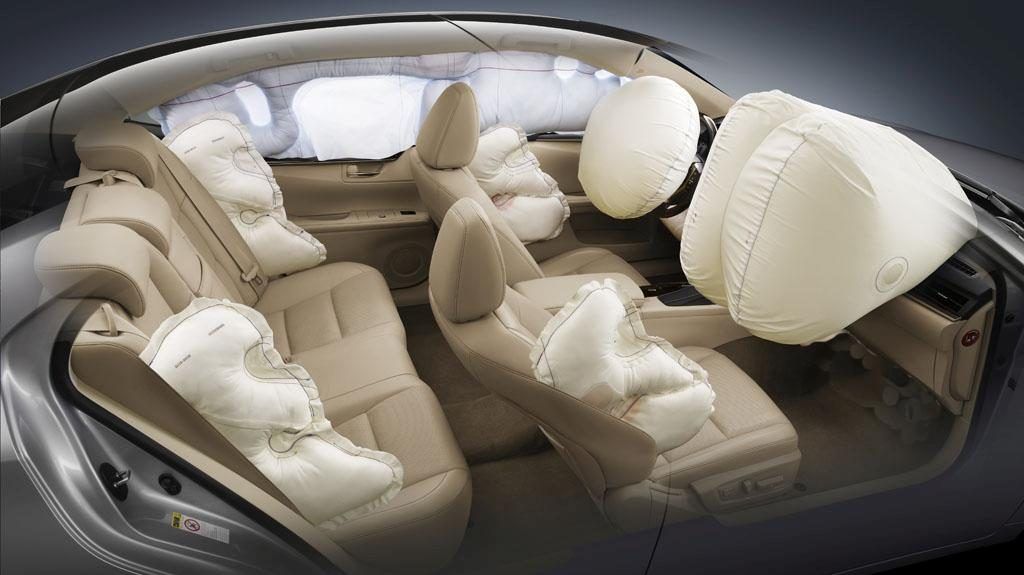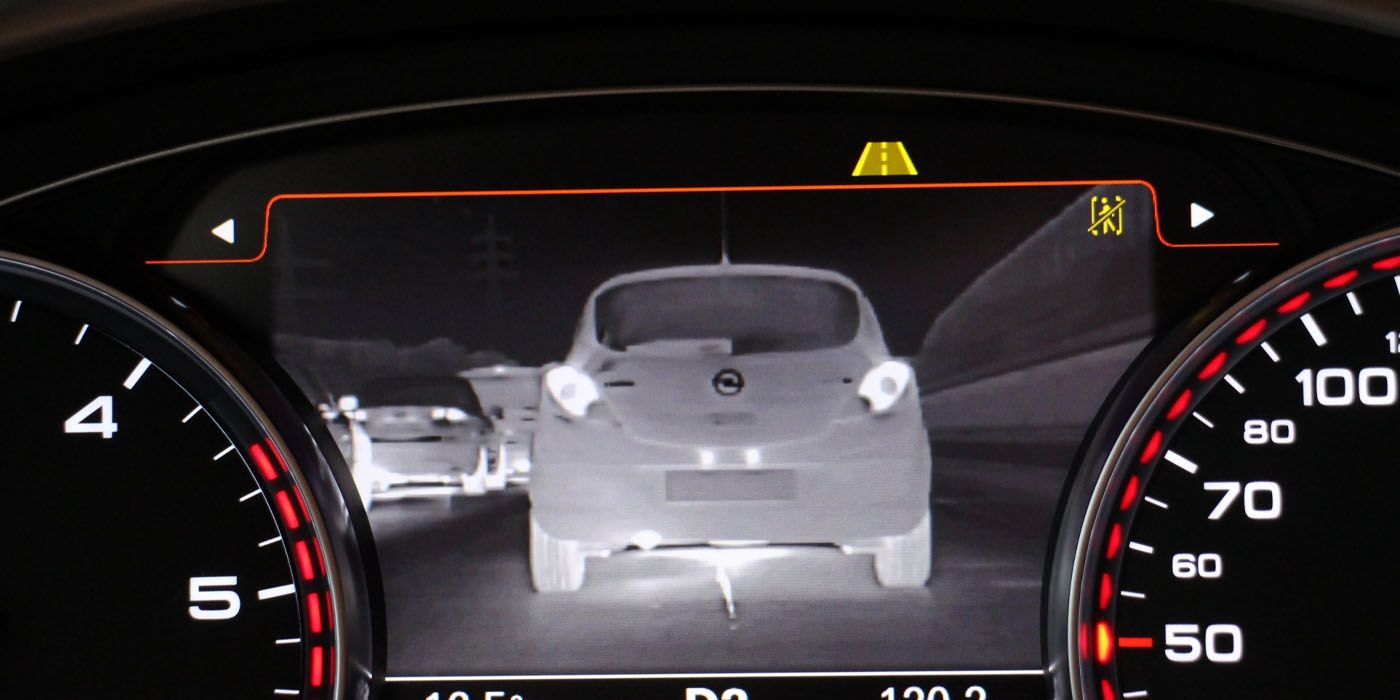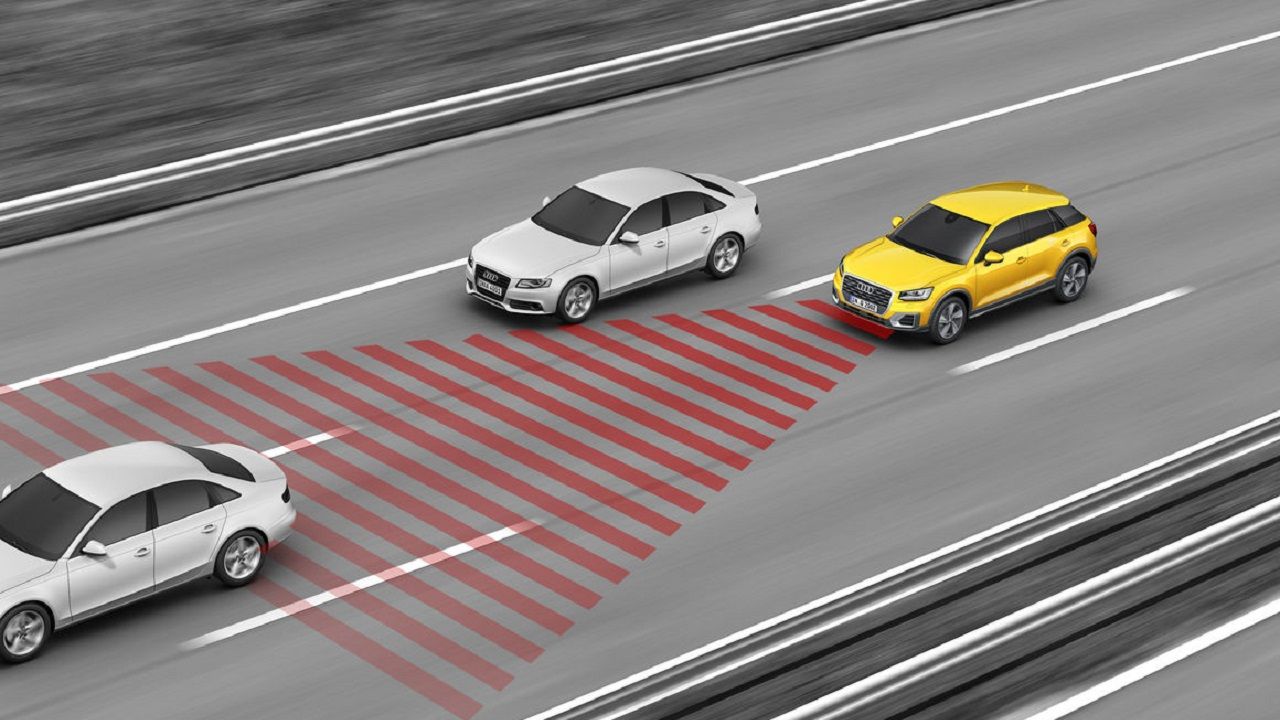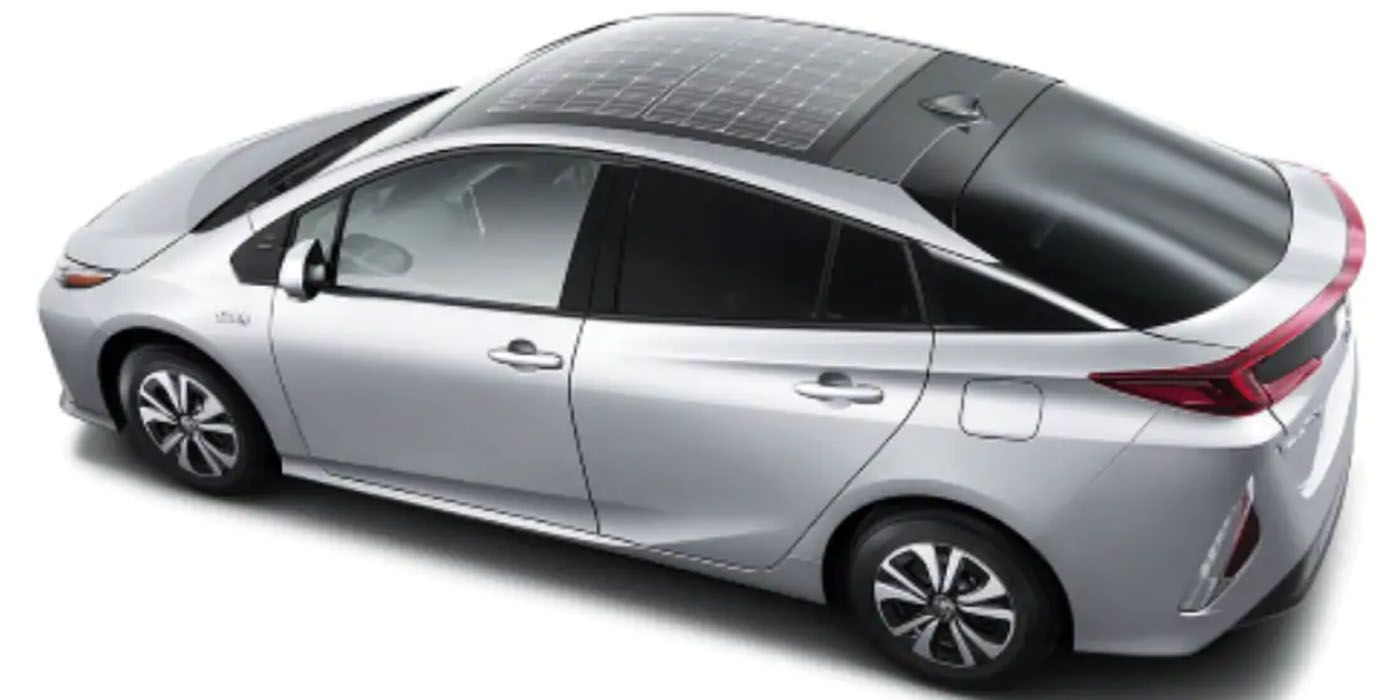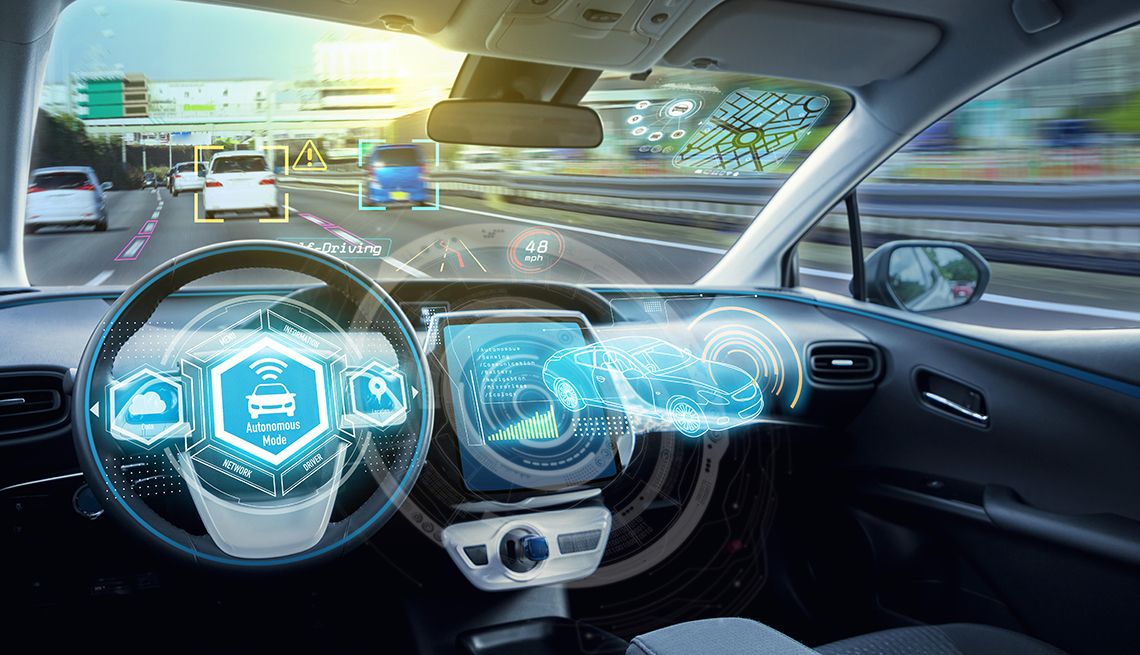Automobiles have been around since 1885 and have seen constant improvement. First, Henry Ford revolutionized the way cars were made by developing the assembly line. Since then, advances in technology have led to smarter and safer cars. The introduction of seat belts by Nash car company in 1949, for example, or the invention of airbags are just some of the many additions to the first automobile.
While today's cars already seem pretty darn high tech, with blind-spot detectors and dashboard GPS systems, there is still a long way to go in the world of automobile technology innovations. Without further ado, let's discuss the ten upcoming pieces of technology to be used in cars.
10 Air-Conditioned Seats
You have heard of heated car seats, now get ready for the exact opposite. Air-conditioned car seats. While it may seem unbelievable that this seemingly simple invention has not been utilized, it is true. Air-conditioned seats essentially work like this: The seats are made of a mesh-like fabric to allow air to flow in and out of it.
Underneath the cushion is multiple fans that produce cooled air to be circulated throughout the seat cover. As a result, the occupant of the seat is cooled, and hot air is carried away via the same system. While it may be a few years until this technology is seen on the market, when it arrives, it will cause a stir.
9 AR Dashboards
Rudimentary AR dashboards are already available in some BMW's and other high-end vehicles, but in a decade or so, they will be much more advanced and more abundant than they are today.
With augmented reality dashboards, a hologram-like figure can be displayed on the windshield in front of the driver which ensures their eyes will always be on the road. AR dashboards in the future will be able to display the speedometer and other basic tools that are situated behind the wheel. In addition, these dashes will be able to display maps, music, and other tools.
8 V2V Communication
Cars of the future will soon be able to communicate with other drivers on the road. The system, known as V2V or vehicle-to-vehicle communication, is currently in the works by engineers at the Massachusetts Institute of Technology (MIT) who aim to make the roads a safer place. This technology will enable drivers to communicate with other cars using an in-built system within the vehicle.
With this system, communication will ensure accidents occur less often and even minor inconveniences, such as high-beam headlights, can be fixed. Currently, this system is being tested with 3,000 automobiles in Michigan, with scientists seeing successful results.
7 Smart Headlights
Another piece of technology in the works to make cars cooler and roads safer are smart headlights. Many drivers commonly experience the glare from oncoming traffic's high beams. Sometimes, it can be difficult and confusing to drive at night while also remembering to turn off high-beam headlights when oncoming traffic is detected. To combat this dangerous yet common issue, scientists are working on developing smart headlights.
Not only will these headlights turn on and off on their own, as most headlights do today, but they will be able to detect oncoming traffic and turn off the high beams automatically. Additionally, instead of turning the high beams down completely, new technology will be capable of shading the part of the headlight which specifically shines on oncoming traffic.
6 Front-View Cameras
All passenger vehicles produced since 2014 have rear-view cameras, an underappreciated and overused tool which most take for granted. Now, get ready for front-view cameras. These new technologies will incorporate the feeds from cameras placed towards the front of the vehicle to create a comprehensive 180-degree view that can detect pedestrians, cars, and even street signs.
With all of this data, advanced software will be able to detect when to brake automatically, and warnings such as speed limits can be detected and displayed upon AR dashboards or center consoles. While the possibilities are endless, new front-facing cameras will make the roads an unbelievably safer place.
5 Active-Safety Airbags
Another innovation that will soon be available in cars is quite an unusual one. Current cars have all sorts of airbags: Up front, under the seat, for the knees, and even those that deploy from the sides. Currently, researchers at Mercedes are attempting to create a different type of airbag.
Present-day airbags are a passive safety measure, meaning they come into play after the crash. Mercedes is attempting to create an active-safety system that can prevent the crash altogether. Using the aforementioned front-camera system, Mercedes' new airbags will deploy when a crash is deemed inevitable and will deploy under the vehicle. In doing so, friction is created that brings the car to a halt.
4 Night Vision Capabilities
Night vision presents yet another use for front-facing cameras. Every driver, at some point in their lives, has experienced fear of accidentally hit something they couldn’t see, be it a deer or a person, while driving at night. With night-vision capabilities, this will no longer be an issue.
Acura first presented this technology in 2000, but it didn't take off 19 years ago and has come a long way since then. Front-facing cameras will be able to display a night-vision video feed on the center console of the vehicle. It will detect animals, people, and simple hazards on the road.
3 Adaptive Cruise Control
Cruise control is one of the most used and helpful tools in any vehicle, yet it is one of the most dangerous aspects of driving. The chances of getting distracted for just a few seconds on the highway while on cruise control, and running into the person in front of you, are monumentally high.
For this reason, a new kind of cruise control called adaptive cruise control is in the works. Adaptive cruise control will take input from cameras on the vehicle and then decide when to lower the speed of the car when approaching too close to a vehicle in front. This new technology will allow you to drive in peace and with minimal effort.
2 Energy Storing Body Panels
According to a report by Exxon Mobil, in the year 2040, 50 percent of all automobiles produced will be hybrids. While this is ecstatic news for conservationists and environmentalists, it poses the question, where are the batteries to go? Car batteries are extremely huge and extremely heavy.
In electric cars such as Tesla's, they can be stored underneath the vehicle, but cannot in hybrids. For this reason, engineers are working on redesigning the body panels for every hybrid vehicle. These futuristic body panels will be able to replace batteries and store the energy of their own. They can gain energy by being charged up, or even by absorbing the force created when a car is braked.
1 Self-Driving Cars
Last but not least, the most significant innovation coming to the automobile industry will undoubtedly be the self-driving car. An autonomous vehicle capable of driving you to and fro while also being cheaper than a car today. Reports suggest self-driving cars won't even have a steering wheel due to their reliability and safe driving habits.
Additionally, self-driving cars will help lower maintenance costs and will save users a ton on insurance. While it may seem like a futuristic idea, self-driving cars are a real thing today, they just are not available on the market. In states such as California and Florida, companies such as Google and Uber have begun testing prototypes and have seen significant success.

